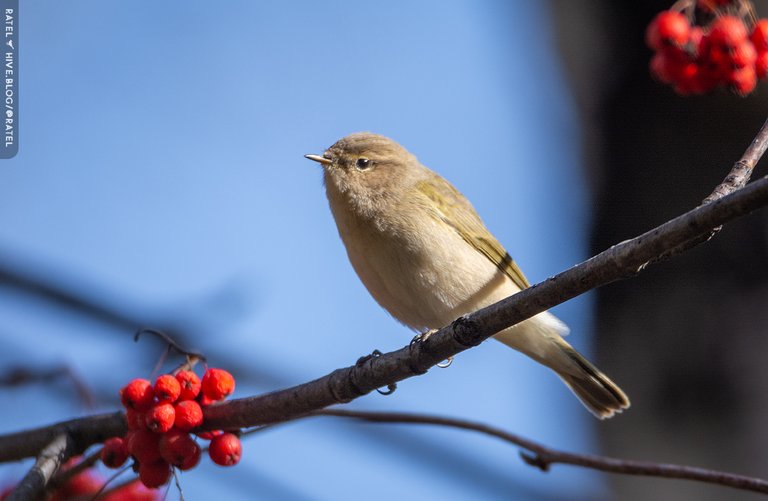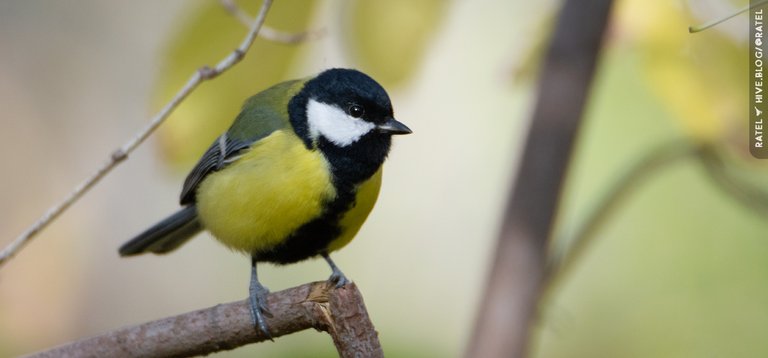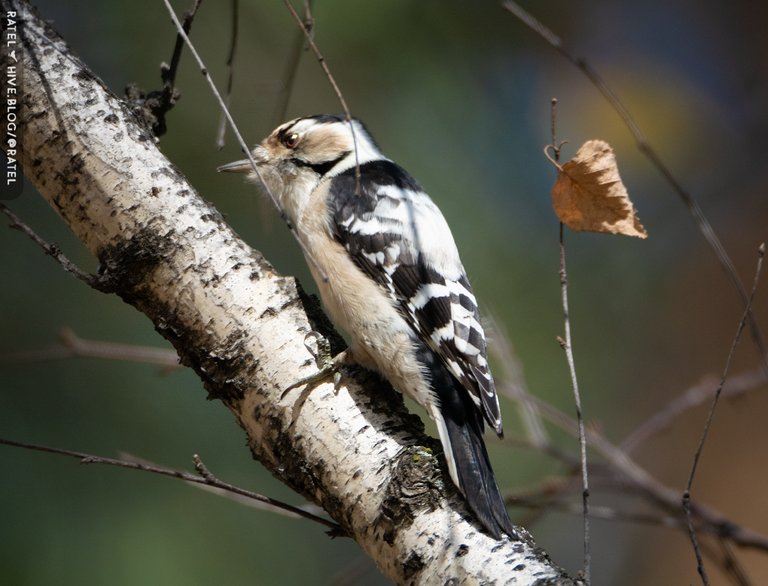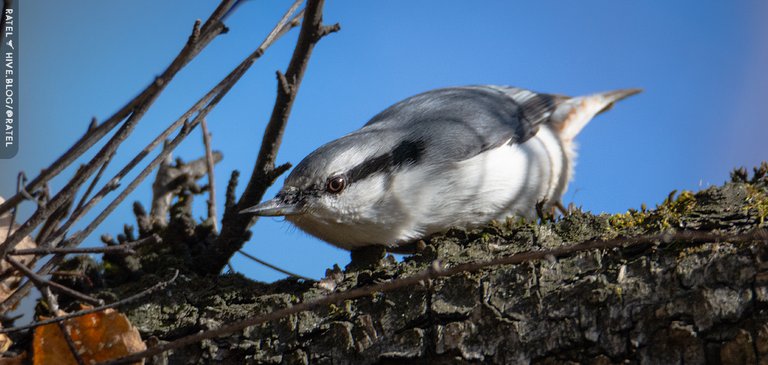One day in autumn.
With the advent of spring, some species of sedentary birds begin to unite in flocks.

🦉 Siberian chiffchaff (Phylloscopus (collybita) tristis)
📚 Phylloscopus Greek: phyllon foliage, skopos seeker, observer
📚 collybita collybista (lat.), kollybistēs, kollybos (Greek) money changer, small coin (name - for a song similar to the sound of falling coins)
📚 tristis sad, gloomy, mournful
I went out into the forest, and in the old cemetery I immediately saw a lot of birds consisting of different types of birds.
It's funny, but this bird was also in this flock. This species also participates in flocks, but not for long. Still, this is a migratory bird, so it is in a mixed flock until the first cold weather.

🦉 The great tit (Parus major)
📚 Parus (lat.) Tit
📚 major (lat.) large
Well, this is the most numerous species of birds in the flock. Where they are, there and all the other birds.

🦉 The lesser spotted woodpecker (Picoides minor , synonym of Dryobates minor)
📚 Dryobates (Greek) : druos - forest, woodland, batēs - walker, stroller
📚 minor (Latin) - smaller
Woodpeckers are also in the flock. They examine the branches and loose bark of trees. And pieces of bark, chips, which may contain insects, are examined by other birds.

🦉 The Eurasian nuthatch or wood nuthatch (Sitta europaea)
📚 Sitta sittē (Greek) mentioned by Aristotle and other ancient Greek. by the authors of the bird, something similar to the woodpecker
📚 europaea (lat.) European
This is also a large member of the pack. Having found something to eat, and if they are not hungry, they hide food in various crevices and holes in the bark. And then either they or other birds find this stash.

